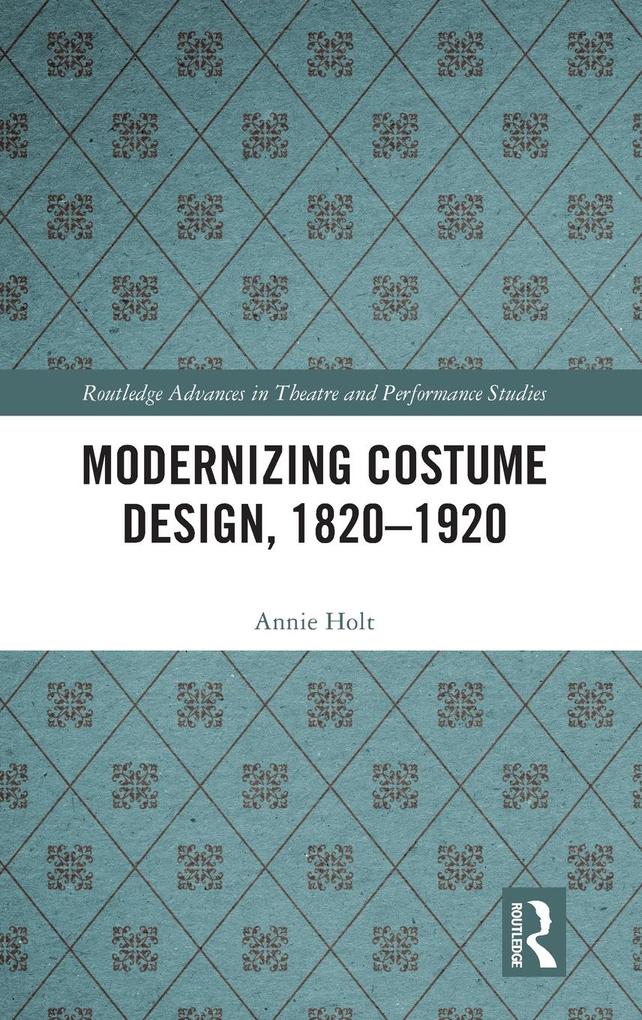
Zustellung: Fr, 06.06. - Mi, 11.06.
Versand in 1-2 Wochen
VersandkostenfreiBestellen & in Filiale abholen:
Annie Holt identifies the roots of contemporary Euro-American practices of costume design, in which costumes are an integrated part of the dramaturgy rather than a reflection of an individual performer's taste or status. She argues that in the period 1820-1920, as part of the larger project of modernism across the artistic and cultural field, the functions of "clothing" and "costume" diverged. Onstage apparel took on a more specific semiotic task, acting as a fresh channel for the flow of information between the performer, the literary text, and the spectator.
Modernizing Costume Design traces how five kinds of artists - directors, performers, writers, couturiers, and painters - made key contributions to this new model of costume design. Holt shows that by 1920, costume design shifted in status from craft to art.
Modernizing Costume Design traces how five kinds of artists - directors, performers, writers, couturiers, and painters - made key contributions to this new model of costume design. Holt shows that by 1920, costume design shifted in status from craft to art.
Inhaltsverzeichnis
Contents
List of Images
Acknowledgements
Chapter 1 - Introduction: arguing costume design
Chapter 2 - Material Truths: directors, historicism, and Shakespearean designs
Chapter 3 - Frocks and Fictions: actresses, personae, and costume design
Chapter 4 - Writing the Modern Body: the queerness of costume stage directions
Chapter 5 - Life Imitates Art: couture, costumes, and commercialism
Chapter 6 - Body as Art(ifact) or Machine: visual artists design for the Ballets Russes
Chapter 7 - Postlude: designing modernism
List of Images
Acknowledgements
Chapter 1 - Introduction: arguing costume design
Chapter 2 - Material Truths: directors, historicism, and Shakespearean designs
Chapter 3 - Frocks and Fictions: actresses, personae, and costume design
Chapter 4 - Writing the Modern Body: the queerness of costume stage directions
Chapter 5 - Life Imitates Art: couture, costumes, and commercialism
Chapter 6 - Body as Art(ifact) or Machine: visual artists design for the Ballets Russes
Chapter 7 - Postlude: designing modernism
Produktdetails
Erscheinungsdatum
15. Oktober 2020
Sprache
englisch
Seitenanzahl
170
Autor/Autorin
Annie Holt
Verlag/Hersteller
Produktart
gebunden
Gewicht
426 g
Größe (L/B/H)
240/161/14 mm
ISBN
9780367150631
Entdecken Sie mehr
Bewertungen
0 Bewertungen
Es wurden noch keine Bewertungen abgegeben. Schreiben Sie die erste Bewertung zu "Modernizing Costume Design, 1820-1920" und helfen Sie damit anderen bei der Kaufentscheidung.











